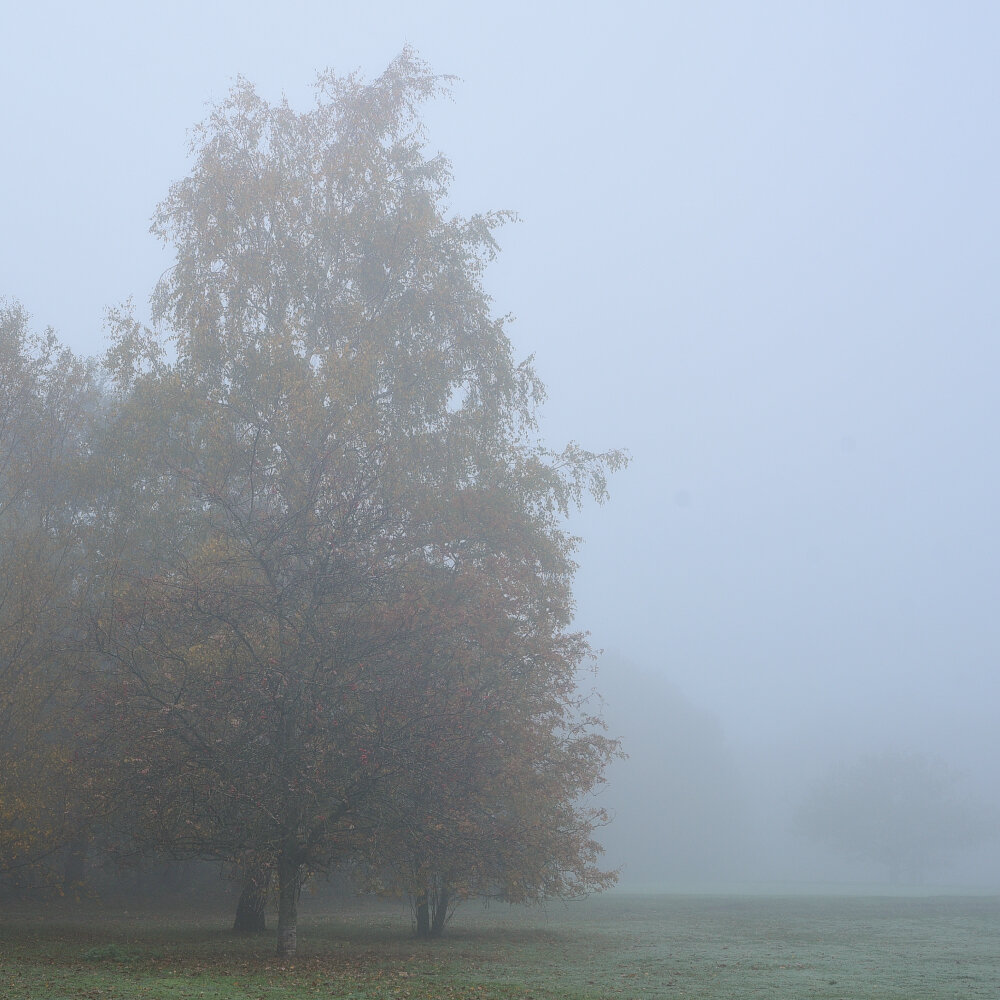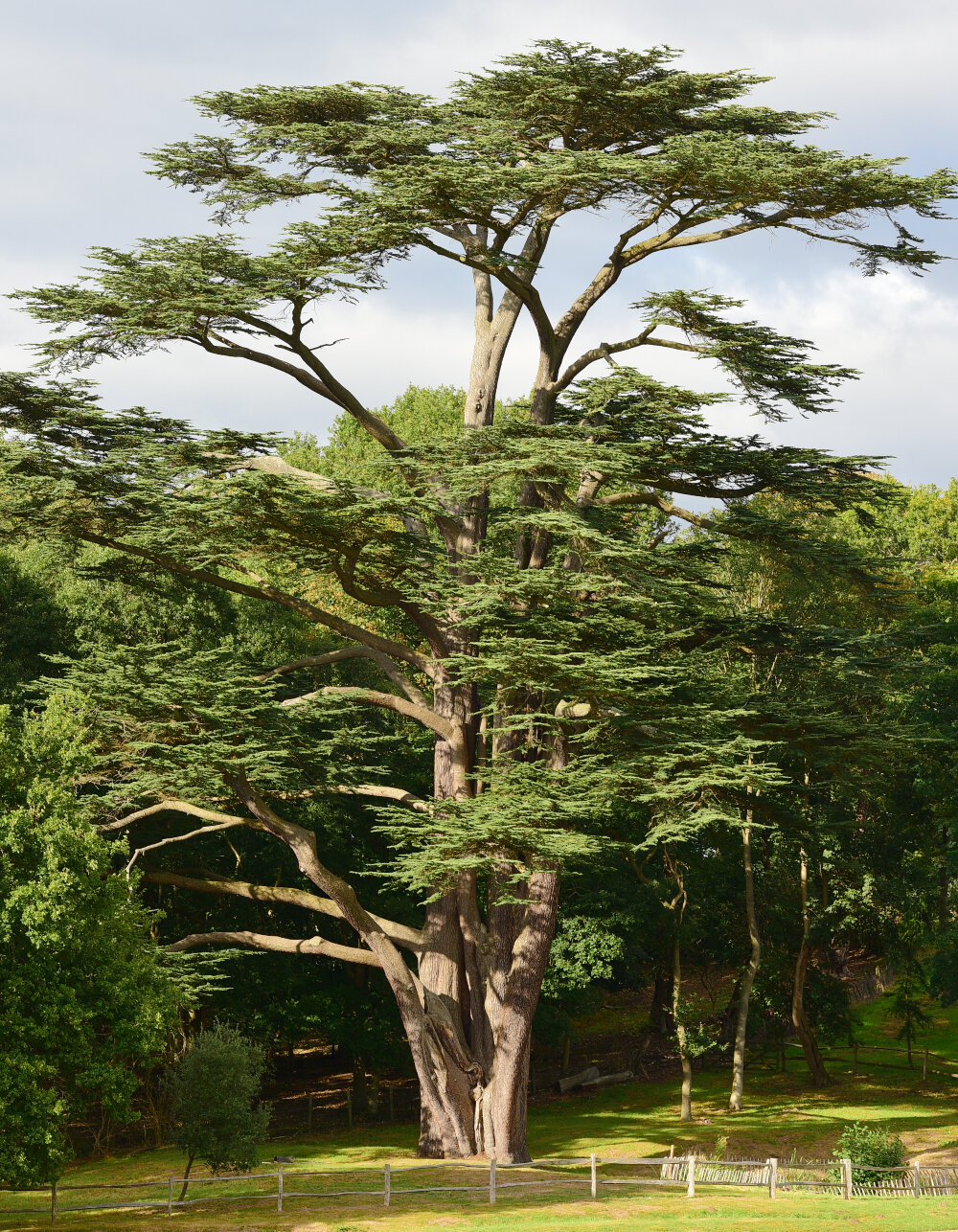Wimbledon Common in winter
It’s been a cracking winter in London, if you enjoy landscape photography. The prolonged period of frost in December, followed by the snow, produced some lovely conditions for photography. And another period of frost in January was a bonus. If this sounds like a wierd thing to celebrate, especially as every sub-zero day adds considerably to your energy bill, last winter there were no frosts at all. A whole winter of grey, wet dreariness…
“Good” wintry conditions are obviously frost and snow, ideally coupled with fog or bright, low sun. Its amazing how different the same scene can look in different conditions.
Wimbledon Common in autumn
Photographs of Wimbledon Common in autumn
I don’t know why but I always seem to go to Wimbledon Common much more in the autumn than any other time of year.
I cycled across it a lot, particularly during the first half of the first lockdown when Richmond Park was closed to cyclists and you were only allowed to exercise for one hour a day. But cycling and photography aren’t really compatible so it’s only in the autumn when cycling’s less fun that I go with my camera.
The foggy days have been a real treat, even if it is a bit of a struggle to get up when it’s dark and cold. Now I’m waiting for some hard frost (no snow, thankyou).
Painshill Park
On a blustery afternoon at the end of September, when it was no longer summer but not quite autumn, I went to Painshill Park with friend Joy.
It’s hard to describe Painshill Park as a garden with our current understanding of the word. It is an 18th century landscape garden, inspired by the landscape painting of the time and Grand Tours of Europe.
The creator was Charles Hamilton, an MP. He purchased the land in 1737 with the express intention of creating a natural landscape with beautiful vistas and idealised ruins. Now known as the “Picturesque” style, Hamilton was a forerunner to Capability Brown.
The main feature of the Park, the serpentine lake, was created by pumping water from the nearby River Mole. All the built structures like the ruined abbey, grotto, Roman and Gothic temples, Ottoman tent and Hermitage, are fake. The Mausoleum above is based on the Arch of Constantine in Rome. The bridges are real though, thank goodness.
The Crystal Grotto was closed due to Covid 19 so it was hard to see inside. It was fully restored in 2018 with thousands of crystals, some recovered from archeological work at the site.
It’s probably no great surprise that Hamilton had to borrow heavily to fund the creation of the garden. Eventually the debt burden forced him to sell it in 1773.
The Park fell into ruin and was purchased by Elmbridge Council in 1949. Since then the Painshill Park Trust has carried out extensive renovations, including rebuilding some of the old buildings. Now the follies are fun, as they should be, and the landscape is fantastic, as it was designed to be.
The only distraction from an 18th century fantasy is the constant drone of the A3 which runs close by.
There are some magnificent trees in the Park like the Great Cedar below, purported to be the largest Cedar of Lebanon in Europe.
Hamilton planted a vineyard and apparently the white wine was passable but the red was like vinegar. You can buy Painshill Park wine in the shop. Hopefully the vintages are recent.
Somehow we managed to miss the kitchen and walled garden (I blame Joy who was map reading) which was a shame. But maybe it would have seemed a little prosaic after the magnificence of the landscape garden.
I think this is a garden that will look even better a bit later in the autumn. You can take dogs in. Pre-booking is required and although the cafe is open you have to take your refreshments outside. It’s definitely a garden for a warm, still day and a picnic or a brisk walk on a windier day.
In 2014 The Garden Museum purchased an oil painting, estimated to date to around 1780, of Painshill Park. The artist is unknown.




































